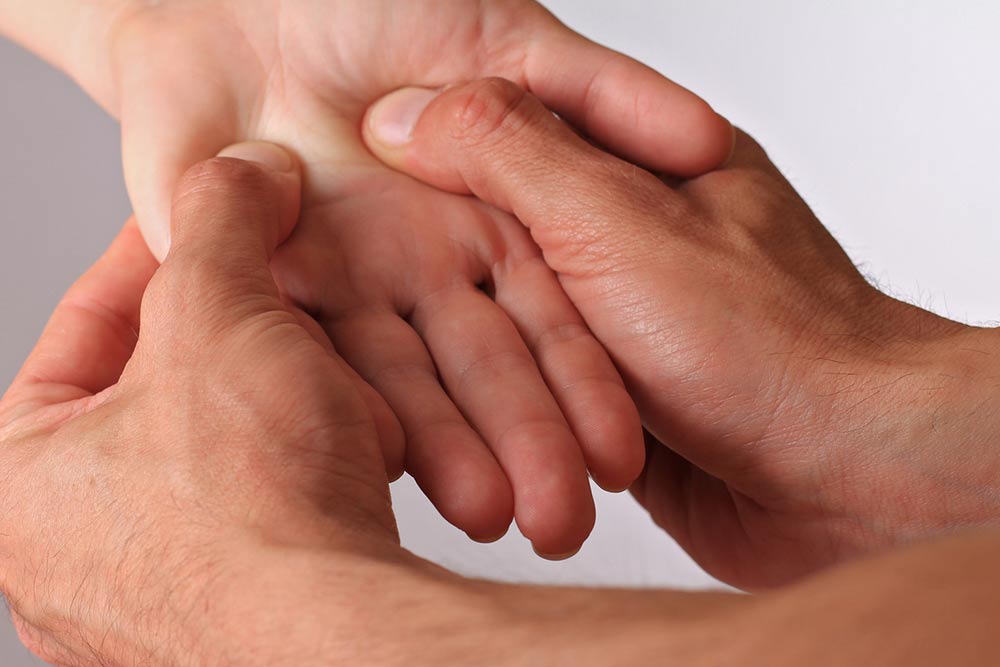
Navigating 8 lesser-known acupressure points in the human body
Acupressure is a popular and effective ancient healing practice of releasing pain from one’s body by applying firm pressure on specific spots on the body, known as acupoints. Trained professionals use this massage therapy to improve physiological function and facilitate the body’s natural healing process. While out of the hundreds of acupoints in one’s body, the most prominent ones are located in the feet, unbeknownst to many, there are many lesser-known acupoints.
Top of the head
This point, located above the ear up to the top of the head, is an effective acupressure point that helps calm anxiety. Gently applying pressure on this area can also help boost energy levels and provide relaxation.
Between thumb and index finger
This is called the LI 4 (Large Intestine Meridian) acupressure point, which is often targeted for headaches. It is located on the back of the hand, between the thumb and forefinger, and applying pressure on LI 4 can help alleviate headache symptoms.
Third eye
Pinching or pressing the point between one’s eyebrows, which is also known as the Yin Tang acupressure point, helps relieve stress and anxiety.
Above the wrist crease
This Lung 7 point, located above the wrist crease on the inside of the arm, mainly boosts one’s immunity and is also helpful to cure runny noses, persistent cough, nasal congestion, stiff neck, chills, and fever.
The sole of the foot
This acupressure point, located between the second and third metatarsal bones, is pressed to ground one’s energies and calm down hypertension, diarrhea, or even insomnia.
Next to the belly button
This pressure point, named ST 25 (Stomach Meridian), is located about two inches on either side of one’s belly button and is mainly stimulated with pressure to regulate one’s stomach issues like constipation.
Beneath the knees
This targeted spot, called UB 40 (Urinary Bladder Meridian), is located at the back of one’s knees and is mainly massaged to release pain in the lower back and legs and also to regulate blood flow.
Over the ankle
Spleen 6, a point hidden just above one’s ankle, mainly nourishes and strengthens the spleen and regulates urination and problems related to urination.
While these pressure points may be helpful, it is advised to always approach a healthcare practitioner or a certified acupressure therapist to ensure one gets the proper and safe application. The experts are aware of the exact acupoints and the appropriate style and amount of pressure required for each area.







